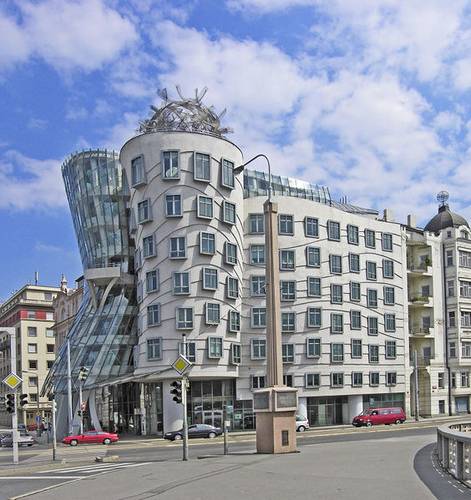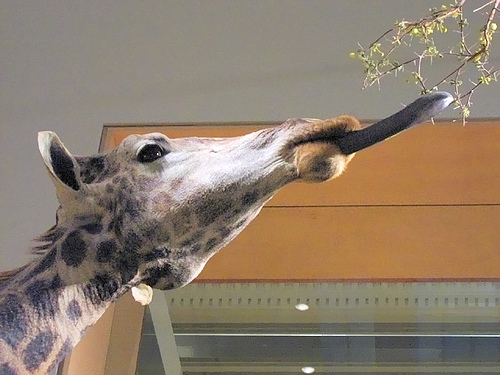
MADONNA LOUISE CICCONE is an anagram of OCCASIONAL NUDE INCOME.

MADONNA LOUISE CICCONE is an anagram of OCCASIONAL NUDE INCOME.
From the Salem Observer, 1840:
“The following letter was written by a young gentleman to his ‘lady love,’ under the direction and eye of a rigid old father. The understanding, however, between the lovers, was, that she should read only every other line, beginning with the first. Love is full of expedients.”
Madam, —
The great love I have hitherto expressed for you
is false, and I find that my indifference, toward you
increases daily; the more I see of you, the more
you appear in my eyes an object of contempt. —
I feel myself every way disposed and determined to
hate you. Believe me, I never had an intention to
offer you my hand. Our last conversation has
left a tedious insipidity, which has by no means
given me the most exalted idea of your character;
your temper would make me extremely unhappy,
and if we are united, I shall experience nothing but
the hatred of my parents, added to their everlasting dis-
pleasure in living with you. I have, indeed, a heart
to bestow, but I do not wish you to imagine it is
at your service; I could not give it to any one more
inconsistent and capricious than yourself, and less
capable to do honor to my choice and to my family. —
Yes, Madam, I trust you will be persuaded that
I speak sincerely; and you will do me a favor
to avoid me. I shall excuse your taking the trouble
to answer this. Your letters are always full of
impertinence, and you have not the least shadow of
wit or good sense. Adieu! Adieu! believe me, I am
so averse to you that it is impossible for me ever to be
your affectionate friend and ardent lover.
— Quoted in The Olden Time Series, Vol. 6: Literary Curiosities: Gleanings Chiefly from Old Newspapers of Boston and Salem, Massachusetts, 1886
The first known serial killer was actually a woman, known as Locusta, a professional poisoner who lived in Rome during the first century A.D.
In 54, she killed the Emperor Claudius with a poisoned dish of mushrooms, and the following year she was convicted of a separate poisoning. Hearing of this, Nero rescued her from execution — so she could poison Britannicus for him.
They made a good partnership, Nero guaranteeing her safety during his lifetime, but when he died the Romans took an awful revenge. According to legend, Locusta was publicly raped by a specially trained giraffe, then torn apart by wild animals. Talk about cruel and unusual.

Looney Tunes and Merrie Melodies cartoons withheld from syndication because of racist depictions:
None of these has been broadcast since 1968.
Tall actors:

Prague’s “Dancing House” is nicknamed “Fred and Ginger,” for obvious reasons.
Such a controversial design would normally be denied, but former president Václav Havel is a strong supporter of avant-garde architecture … and he owns the building next door.
A child releases a toy boat in a stream that flows at 3 miles an hour. At that instant, a kayaker 14 miles downstream begins paddling upstream at 7 miles per hour. How long will it take him to reach the toy?

A giraffe’s tongue is 18 inches long.
Poet Charles Bukowski’s gravestone reads “Don’t Try.”
The longest English word with only one vowel is strengths.